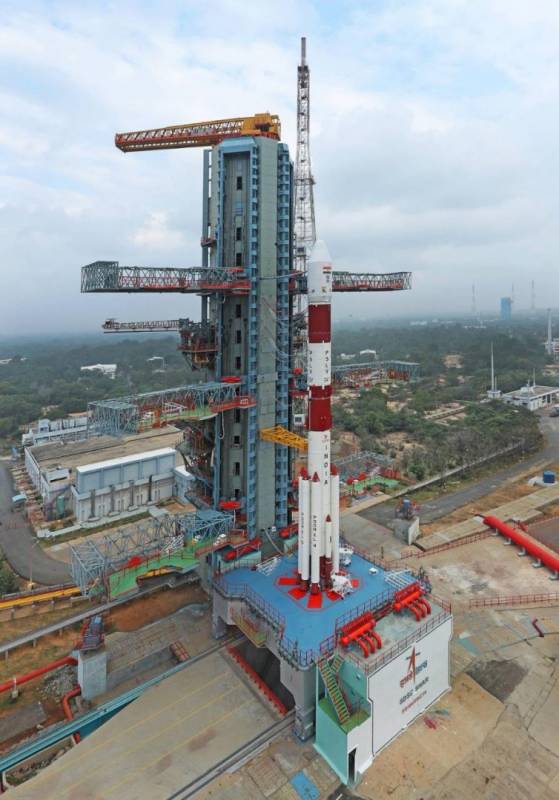ISRO successfully launches Cartosat-3 and 13 commercial nanosatellites of USA
By Dheeshma
Hyderabad: The Indian Space Research Organisation (ISRO) has completed the successful launch of its third-generation Earth-imaging satellite Cartosat-3 and 13 nanosatellites of USA from Satish Dhawan Space Centre (SDSC) SHAR, Sriharikota. About 5,000 visitors witnessed the launch, live from the viewer’s gallery in Sriharikota.
Carrying 14 satellites, India’s Polar Satellite Launch Vehicle, in its forty-ninth flight (PSLV-C47), lifted-off at 9:28 am from the Second Launchpad. After around 18 minutes, Cartosat-3 was successfully injected into a sun-synchronous orbit of 509 km. The 13 nanosatellites were subsequently injected into their intended orbits as well. PSLV-C47 was the 21st flight of the launch vehicle in the ‘XL’ configuration.
#PSLV-C47 successfully injects #Cartosat3 spacecraft into orbit pic.twitter.com/8QjiTY2kvl
— ISRO (@isro) November 27, 2019
Solar arrays of Cartosat-3 were deployed automatically after separation, and after which the ISRO Telemetry Tracking and Command Network in Bengaluru took control of the satellite. In the following days, the satellite will be brought to its final operational settings. It was the 74th launch vehicle mission from SDSC SHAR, Sriharikota and the ninth satellite in the Cartosat series.
Dr K Sivan, ISRO Chairman, said, “Cartosat-3 is the most complex and advanced earth observation satellite built by ISRO.” He further added that it was a third-generation agile, advanced satellite having high-resolution imaging capability.
With an overall mass of 1,600 kilogrammes, the mission life of the Cartosat-3 is five years. Cartosat-3 — an advanced earth observation satellite — will address the country’s increased demands for large scale urban planning, rural resource and infrastructure development. The launch of the observation satellite and 13 commercial nanosatellites follows ISRO’s moon mission Chandrayaan-2 on July 22. The latter would have been the country’s first had it not failed to manage a soft landing on the lunar surface.
Dr K Sivan congratulated and complimented the launch vehicle and satellite teams involved in the mission. He also acknowledged the support from the various Indian industries.
13 commercial satellites from USA successfully placed in their designated orbits#PSLVC47
— ISRO (@isro) November 27, 2019